Auctions
Poly Auction’s Zhao Xu on Expanding to Shanghai and Why an Economic Slow Down Can’t Cool the Art Market
As Poly Auction expands to Shanghai, we chat with executive director Zhao Xu.
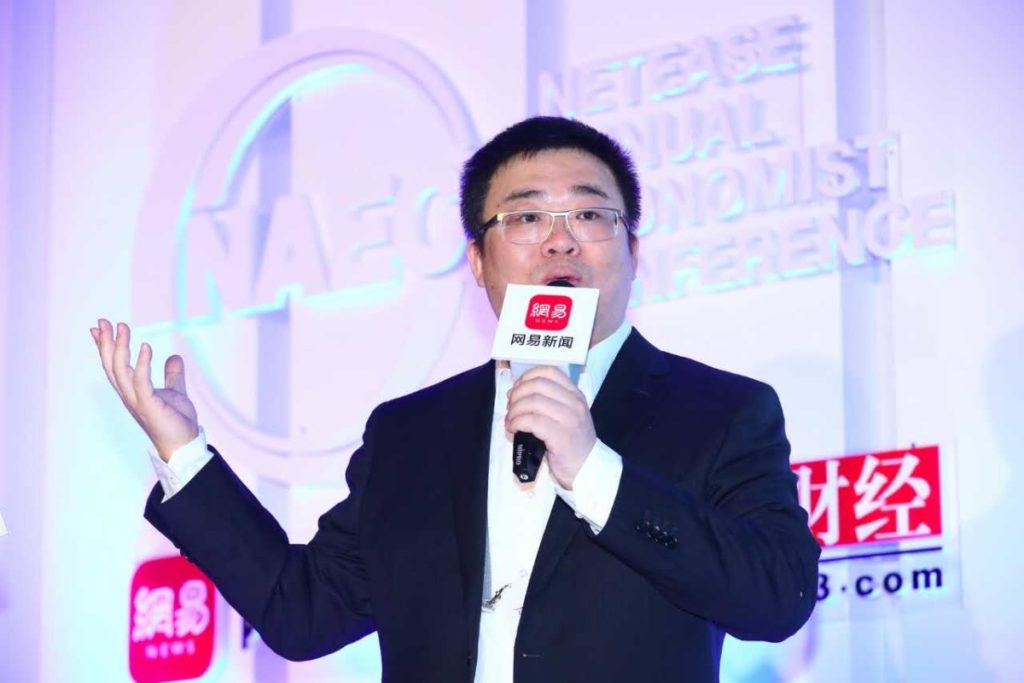
As Poly Auction expands to Shanghai, we chat with executive director Zhao Xu.

Gerald Jingyue Li

China’s Poly International Auction Co. is expanding its business to Shanghai, and where it will hold its first auction at Poly Huayi on December 22. There will be eight separate sales, with 600 pieces expected to exceed RMB 500 million ($71.9 million).
The auction house is looking to expand on the success of Beijing Poly’s 2016 autumn sale. Despite featuring fewer lots—just 7,521 compared to its usual 12,000 or so—and a worldwide economic slowdown, many works still brought in big numbers, including world records for several Chinese artists.
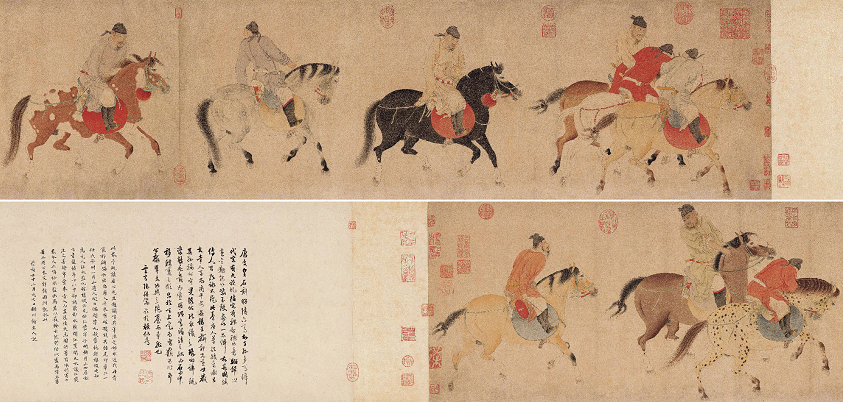
Ren Renfa, Five Drunken Kings on Horses. Courtesy of Poly Auction
For the auction company’s newest venture, they’ve teamed up with Wang Zhongjun, owner of the Chinese entertainment company the Huayi Brothers. Zhao Xu, the executive director of Beijing Poly, sees Shanghai as an essential cultural center with a vital art market that will be an important part of the auction company’s future.
On the eve of the upcoming sale, artnet News had a conversation with Zhao about market trends at Poly’s autumn sale, its collaboration with Huayi, and Poly’s future plans for Shanghai.
This interview has been translated from Chinese by Elaine Tan and Phyllis Zhong, and edited and condensed.
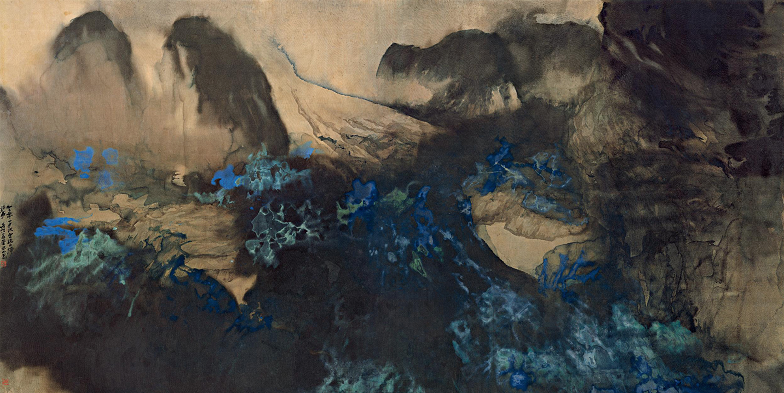
Zhang Daqian, Swiss Mountain Landscape. Courtesy of Poly Auction.
How do you evaluate this year’s Poly autumn auction results?
Three pieces sold for over RMB 100 million: Ren Renfa’s Five Drunken Kings on Horses, for RMB 303.6 millions ($43.7 million); Qi Baishi’s Zhi Chi Tian Ya – Xin Mo Shan Shui Ce, RMB 195.5 million ($28.13 million); and Zhang Daqian’s Swiss Mountain Landscape, RMB 165 million ($23.74 million). Five Drunken Kings on Horses, which appears in Shi Qu Bao Ji, catalogue of the collection of the royal family during the Qing dynasty, was actually the most expensive Chinese artwork sold in 2016.
Including post-auction purchases, the total sale results were RMB 283 billion ($407 million), even though there were 30 percent fewer items for sale over the three sessions compared to the spring contemporary art sale. This proves that Poly’s strategy, “win by quality” [rather than quantity], is working.
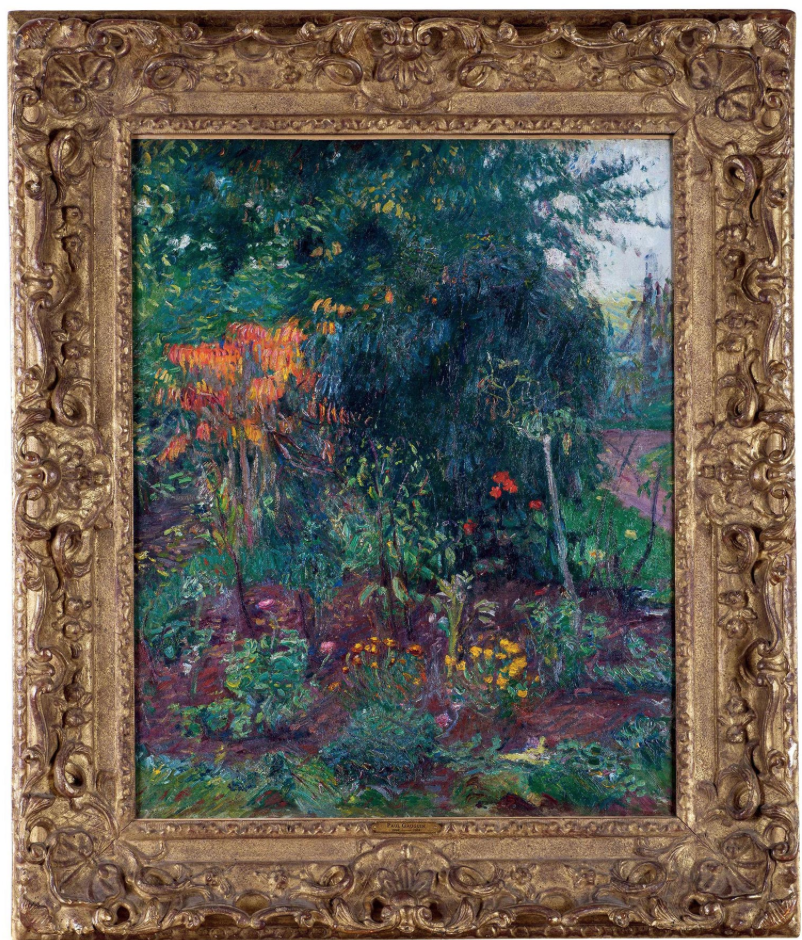
Paul Gauguin, The Corner of the Garden. Courtesy of Poly Auction
Given the current economic climate, why there were still so many lots that sold for big number at Poly’s fall auction?
In 2008, during the global financial crisis, large amounts of funds were still spent art auctions, because artworks were able to preserve stable economic value. When the global economy was slowing down, Beijing Poly grasped that key moment without hesitation, establishing Poly Hong Kong and expanding its business gradually. Now, Poly has six locations, in Beijing, Hong Kong, Shan Dong, Xia Men, Macao, and Shanghai, where Poly Huayi Shanghai will hold its first auction on December 22.
We might say that Poly owes its success to the great recession in 2008. When the economy slowed down, collectors were willing to sell their collections at auctions. For us, it was a precious opportunity.
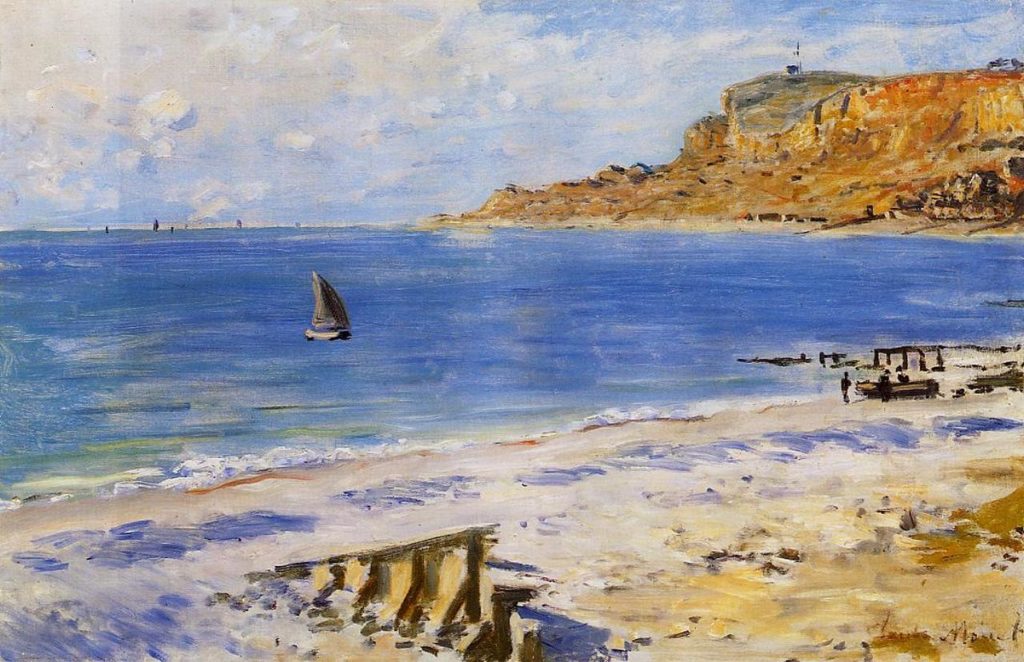
Claude Monet, Sainte-Andresse. Courtesy of Poly Auction
The economy of Western market has negatively affected Asia. In fact, the economy in China is not good right now; however, the results in the Chinese art market are actually very positive. At Beijing Poly’s autumn sale, I think that the biggest attraction was generally lower lots prices, which brought in both new and returning buyers. There were many reasonable prices in addition to our more extraordinary big ticket items.
Artwork is the most expensive kind of luxury goods. The more expensive a good is, the more independent it is from general economic trends. No matter how the market and economy changes, the art pieces at the top of the pyramid will always be highly competitive among the super rich collectors.
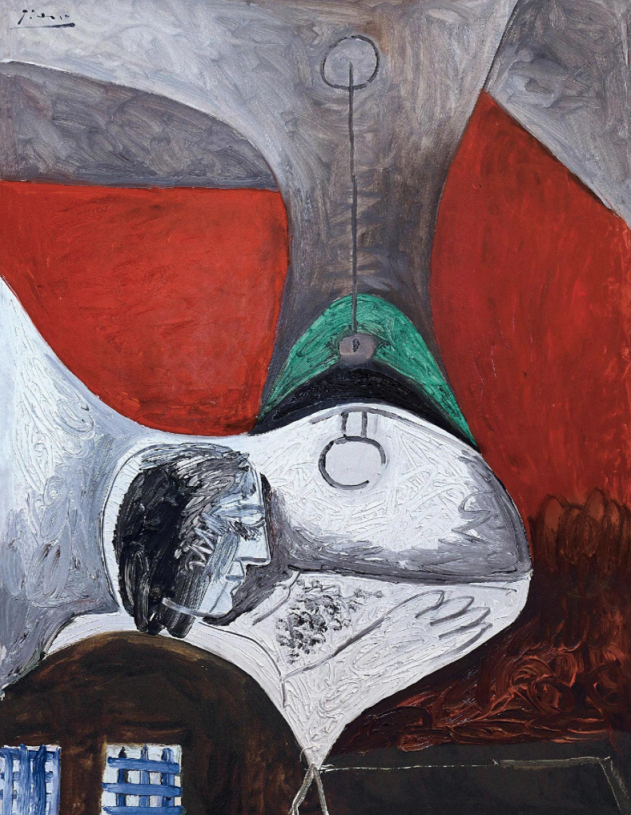
Pablo Picasso, Woman Under the Light. Courtesy of Poly Auction.
Given your fall success in Beijing, what are your expectations for Poly’s Shanghai debut?
The Shanghai auction will mark the time a first mainland China auction house will sell such a wide selection of modern and contemporary Western artworks at the ten-million Chinese Yuan level [$1.44 million].
We spent more than six months looking for the best consignments, and will feature big names such as Monet, Cezanne, Gauguin, Renoir, Giorgio Morandi, Chagall, Anselm Kiefer, and Damien Hirst.
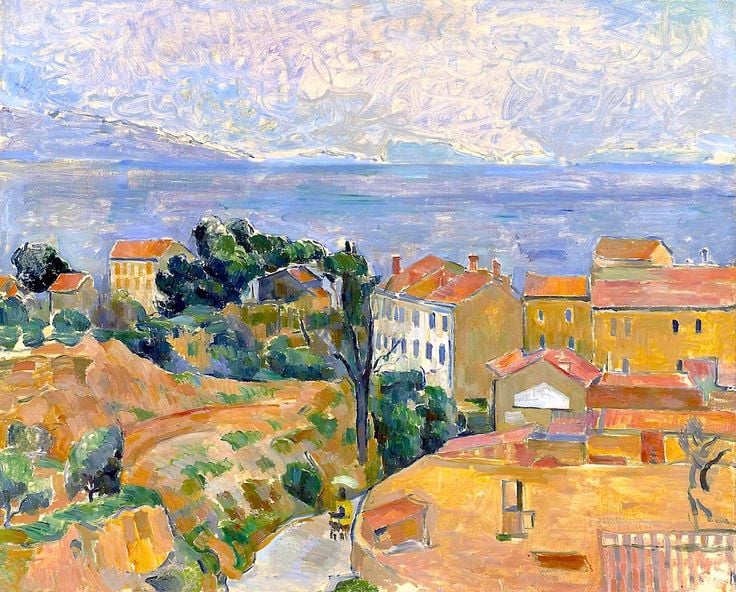
Paul Cezanne, The view from the Bay of L’Estque. Courtesy of Poly Auction
We’re showing our commitment to selling Western art in China by bringing a RMB 30 million ($4.3 million) Picasso painting to Shanghai—I do believe that the auction will go well and that painting will be sold.
In general, I think there will be a huge response to the auction catalogue. We will hold eight sales in total, and every sale will feature a few lots that are very impressive. The pre-sale estimates for our evening sales, “Jiansong Ge” and “Dialogue: From Yuan Ren Qiu Lie Tu (Yuan Dynasty People Hunting in Fall) to Picasso, Major Eastern and Western Paintings,” is over RMB 250 million ($36 million), with more than 10 pieces expected to bring in more than RMB 10 million ($14.4 million).

Anonymous, Yuan Ren Qiu Lie Tu. Courtesy of Poly Auction.
We have also planned three antique sales, one jewelry sale, one fine liquor sale, and one Chinese calligraphy and paintings sale, featuring contemporary as well as ancient Chinese art. The highlight of Chinese paintings sales undoubtedly is Yuan Ren Qiu Lie Tu, which was the world auction record holder in the genre from 1989 to 2002.
Why did you choose to work with Huayi for the Shanghai project?
First of all, Wang Zhongjun, the “Godfather of China cinema industry” and a media tycoon, is a very important buyer and collector, and has been a friend of Poly for a long time.
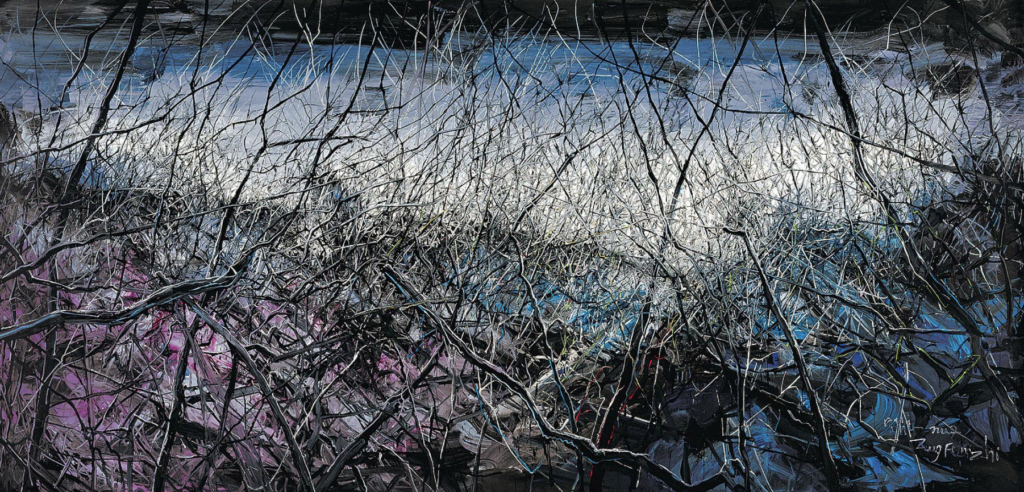
Zeng Fanzhi, Untitled 07-14. Courtesy of Poly Auction.
Mr. Wang’s clients and many of his friends are also valuable clients for our company. To develop and expand, art business needs to explore many different resources, and Huayi has connections that will allow us to reach out to more clients who don’t know us. It’s kind of a win-win for Poly Auction and Huayi.
Since 2012, there has been a talk about an art market upswing. Do you think your 2016 sales are a sign the market is warming up again, or does Poly Auction’s success stand apart from the rest of the industry?
I can’t say that for sure. The whole situation in 2016 is very similar to the year of 2009 when economy was severely sluggish in spring and autumn. Beijing Poly Autumn Auction’s success injected more optimism to the market and is a strong signal that the crucial element of an auction sale is still the quality of artworks.
It is very difficult to do business with non-standard goods such as artworks, because each item is unique. Every piece of artwork is an independent project, and this is why doing art business is a highly-cost operation. Last year, we sold 80,000 items in all, and we will sell at least 50,000 pieces this year. For me, it is a good signal that so many people still show strong interest in art although economy remains weak.